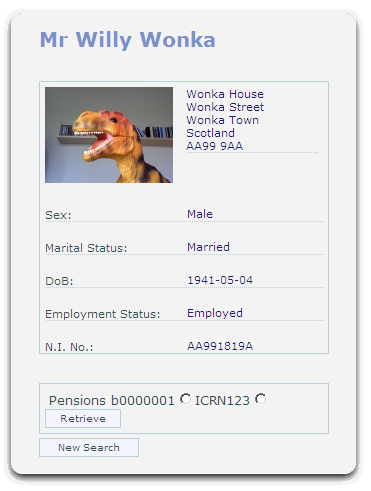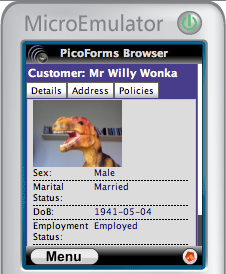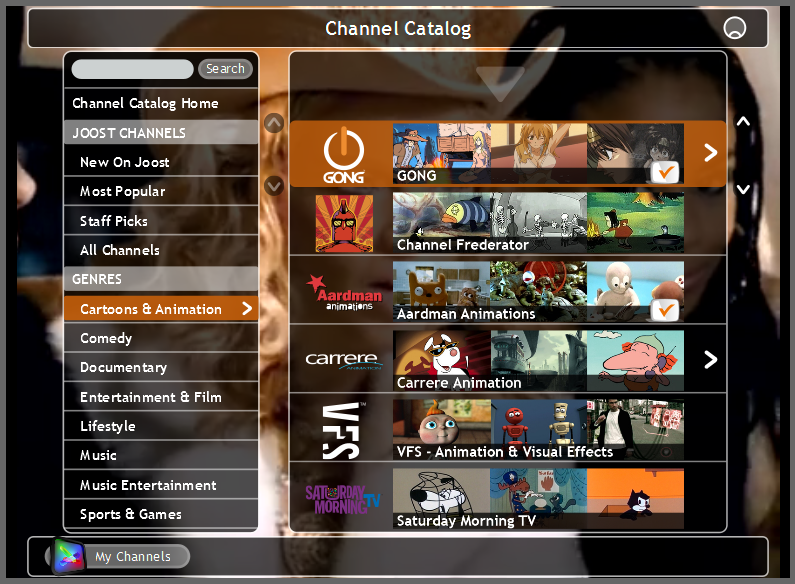My Home Bandwidth 1982-2007

"We will never have LCD screens - they will need too many connectors"
"Vector graphics are the future; raster graphics need too much memory"
"Full audio on computers will need too much bandwidth"
"Digital photography will never replace film"
"Moore's Law hasn't got much longer to go" (1977, 1985, 1995, 2005)
How has computing power developed since the start of the web?
To demonstrate Moore's Law.
Take a piece of paper, divide it in two, and write this year's date in one half:
Now divide the other half in two vertically, and write the date 18 months ago in one half:
Now divide the remaining space in half, and write the date 18 months earlier (or in other words 3 years ago) in one half:
Repeat until your pen is thicker than the space you have to divide in two:
This demonstrates that your current computer is more powerful than all other computers you have had put together (and the original Macintosh (1984) had tiny amounts of computing power available.)
What is less well-known is that bandwidth is also growing exponentially at constant cost, but the doubling time is 1 year!
(Actually I recently heard from an executive of one of the larger suppliers that the current doubling time is 10½ months...)
Put another way, in 7 years we could have 1 Gigabit connections to the home

What is the essence of Rich Internet Applications?
- that we can now use the internet instead of disks
The original web was easy to create a website for
The second most important property of the web!
Response times: 0.1 sec 'instantaneous'
1 sec acceptable
10 sec unacceptable
We will all need it sooner or later

This should be self-evident
It's amazing really how much we can achieve with the tools we have
Much of the simplicity has gone. It is no longer easy to create a website.
I have had reports of companies losing programmers to nervous breakdowns once JavaScript programs exceed a certain size.
If you go to a talk by Jesse James Garrett, the man who coined the word Ajax, you will be struck that his emphasis on the value of Ajax is on Usability.
Ajax above all reduces latency, since the same functionaility is achievable without it
Harder to achieve
Also harder to achieve
Too hard to program
Loss of structure, accessibility, device independence
Have to write your application several times for different devices
CSS beginning to show its age, not meeting modern needs
XBL
SVG
XForms
Declarative programming
The XML Binding Language
Structured Vector Graphics
Already present on many phones, and in several browers
Despite its name, a declarative constraint-based processing engine.
It uses an MVC model
The controls are abstract, intent-based, which then can bind to actual controls
This means that XForms is accessible out of the box
It also means that it is very platform-independent, and there are good examples of this in practice.
According to the DoD, 90% of the cost of software is debugging.
According to Fred Brookes, in his classic book The Mythical Man Month, the number of bugs increases quadratically according to code size: L1.5.
In other words, a program that is 10 times longer is 32 times harder to write.
Or put another way: a program that is 10 times smaller needs only 3% of the effort.
The problem is, no one writes applications except programmers.
Interesting exception: spreadsheets
Mostly because they use a declarative programming model.
The nice part about declarative programming is that the computer takes care of all the boring fiddly detail.
Some of the most interesting work in this area
is being done by xport.net with their Sidewinder rich web browser.
What they have done is combined XHTML, XForms, SVG and XBL. The SVG is essentially a stylesheet for XHTML+XForms content, being applied using XBL. For instance:
The code says:
<xf:output value="..."
appearance="fp:analogue-clock" class="clock">
The output is then something like 11:30:00, and the SVG turns this into an analogue clock (the XBL keys off the 'appearance' attribute).
Although the example shown above is not quite complete, it does more than Google maps does and yet it is only 25Kbytes of code (instead of the 200+K of Javascript).
Remember, empirically, a program that is an order of magnitude smaller needs only 3% of the effort to build.
A certain company makes BIG machines (walk in): user interface is very demanding — needs 5 years, 30 people
This became: 1 year, 10 people with XForms



The advantages of this approach are:
In other words: everything you need for the web!